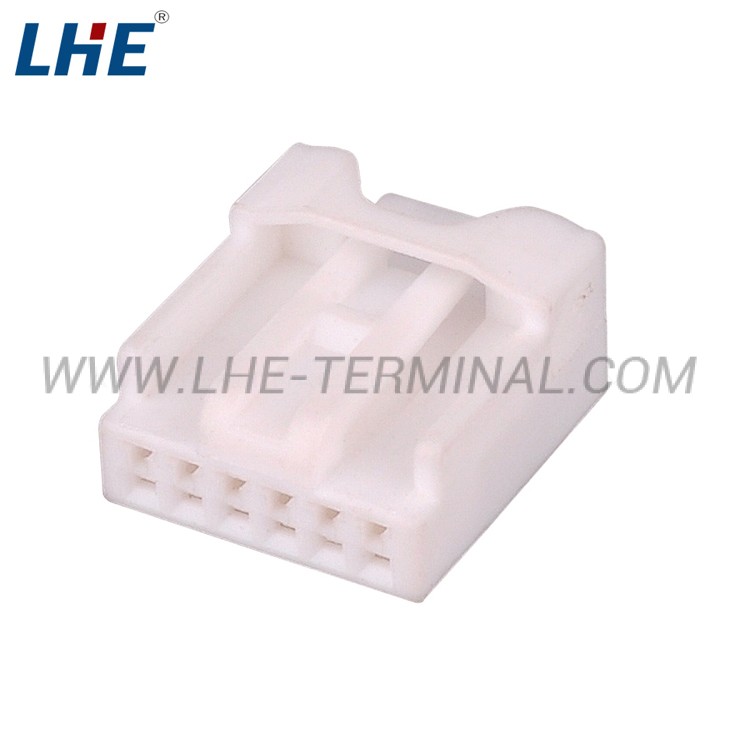Overview:
| LHE PN: | 202500211272BNNN |
| Certification: | TUV, IATF16949, ISO14001, ISO9001, CQC, UL, ROHS |
| MOQ: | Most product not have MOQ, Small order can be accepted. |
| Sample service: | Free Samples |
| Delivery Time: | 3-5 Days |
| Quality Control | All goods will be 100% inspected before dispatched |
| Payment: | T/T, Western Union, MoneyGram, PayPal; 30% deposits; 70% balance before delivery. |
| Shipment: | DHL/FedEx/TNT/UPS/EMS/Aramex/SF for samples, By Air or by Sea for batch goods; Airport/ Port receiving. |

















